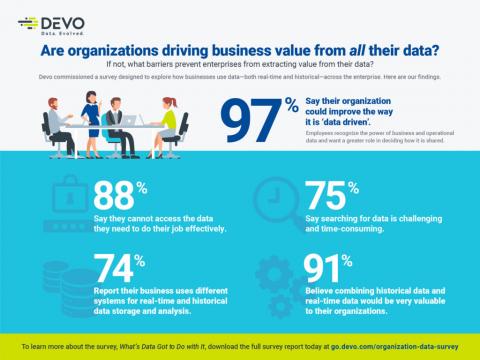Alert Fatigue Is a Big Cybersecurity Problem
Alarms and alerts surround us every day. From the moment our clocks wake us up in the morning, we rely on alarms for many things. But what happens when those alarms and alerts malfunction? What does it do to us and how does that affect our day to day life? Recall the Dallas Emergency Alert Malfunction. As it turns out, getting tired of these alarms can prove dangerous to cybersecurity.






